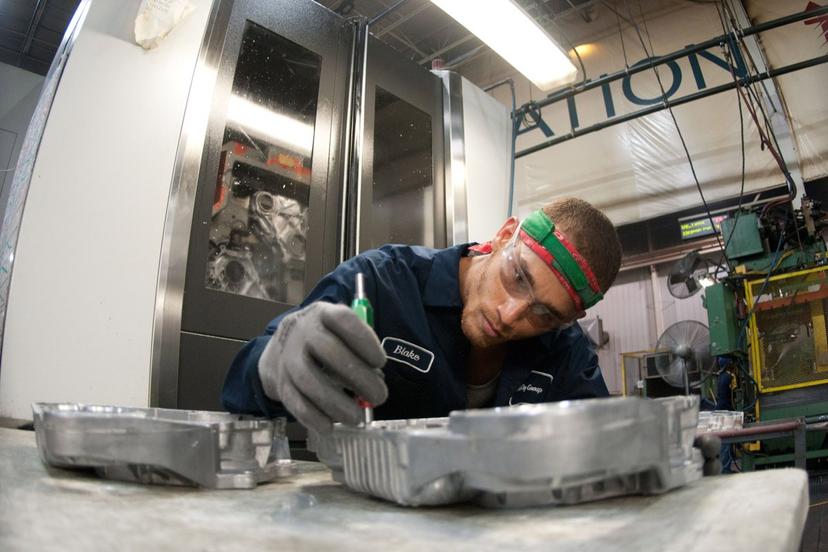Machining and Machinery

Industry Outlook
The state of the machining and machinery industry is closely tied to economic conditions, but even when the economy improves, as it did following the 2008 recession, there seems to be a lag time of about one year before the shipments and employment in the industry catch up. Industry analysts also say that economic uncertainty affects manufacturing executives who must decide whether to invest in new machinery. They cite several factors that may dim prospects for increased factory capital spending, including a crunch in credit that may shrink the money for capital loans that would be used to purchase new machinery.
The coronavirus pandemic, which began in late 2019, caused disruptions in most industries around the world, including machining and machinery, and an economic slowdown. The U.S. economy is expected to rebound as the rollout of COVID-19 vaccine accelerates in 2021. The U.S. machine tools market is expected to have about 2.67 percent compound annual growth through 2025, according to the research group Mordor Intelligence. Reasons for this steady growth include stable spending in the industry, and ongoing demand for metal-forming machine tools by the aerospace, automobile, and defense sectors in the U.S.
As of late 2020, the market size of machine shop services in the U.S. was valued at $32.5 billion, according to the researcher IBISWorld. About 1.7 percent growth was expected in U.S. machine shop services, although annualized market size growth was projected to drop by 3.3 percent each year from 2016 through 2021.
Statistics on machine tool consumption indicate that the machine tool industry fell into a slump after initially recovering from the 2008 recession but is now growing again. According to 2018 World Machine-Tool Output and Consumption Survey by Gardner Business Media Inc., machine tool consumption increased by 4.8 percent in 2018, reaching $91.9 billion. Four years earlier, consumption totaled $58.3 billion.
According to SelectUSA, a federal reporting agency, U.S. exports of capital equipment totaled $141 billion in 2018. During the late 2010s, machinery manufacturing ranked among the nation's most competitive and largest industry sectors. At the end of the decade, tens of thousands of machinery companies employed more than 1.1 million people.
One area affecting employment opportunities for some workers in the machining industry is automation, although automation does create some machinist jobs in the area of machine repair, supervision, and maintenance. The manufacturing industry has been revolutionized by highly productive, computer-controlled machining and turning centers that change their own tools; transfer machines that completely machine, assemble, and test mass-produced products; and innovative metal removal and forming systems. Robots and robotic equipment are becoming more common and are being used in many areas where the work is tedious, repetitious, or dangerous. Automated inspection equipment, such as electronic sensors, cameras, X-rays, and lasers, is increasingly being used to test and inspect parts during production.
All of these factors have affected the machinery industry. The use of computers and automated equipment impacts employment opportunities for some machine operators and layout workers. According to the Occupational Outlook Handbook, employment of industrial machinery mechanics is expected to grow 5 percent through 2028, and growth of 3 percent is projected for machinists.
The U.S. Department of Labor predicts that job opportunities should be good due to the increased numbers of automated production processes that require the supervision of skilled machinists and a relative lack of candidates entering training programs. Even if actual production levels fall, machinists are still needed to repair, monitor, and control expensive automated equipment. Employers value the skills that good machinists bring to manufacturing, as they are often versatile and able to handle a large number of contingencies. For this reason, skilled machine workers will be in demand for the foreseeable future.
